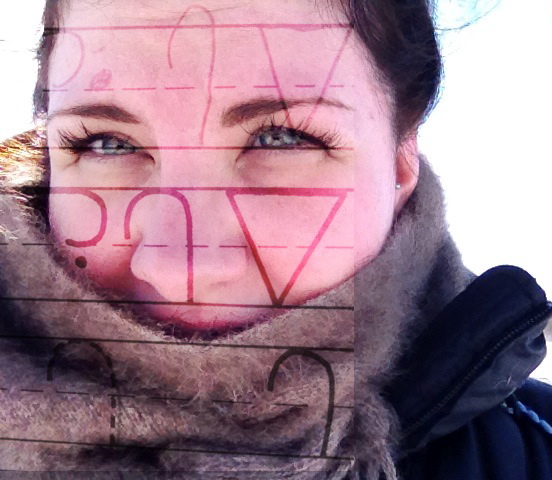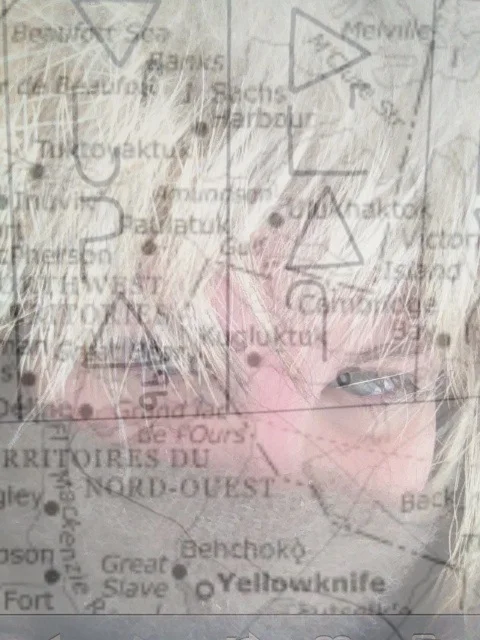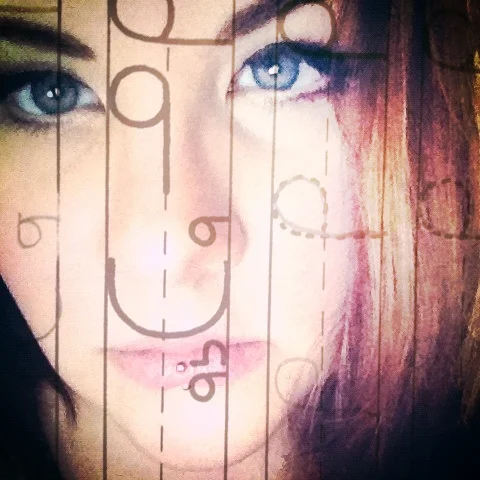







Exploring the transitional nature of identity thorough revisiting my past artifacts, this project fuses representation and scribbled writings—learning Inuktitut and writing syllabics as a child, originating from and being raised in the North, although with settler immigrant familial origins, or as the Government of the Northwest Territories classifies me: “Indigenous Non-Aboriginal”. I am confronted with the question of what it means to be from, but not of a place. Occupying this hybrid space, my work explores translation, not inside, not outside, but a simultaneously part of both positions at once.
The system of syllabics functions by breaking down individual syllables of a word and represents them as symbols. Many are actually not aware that this system of written language was created by European clergy, although has been so widely adopted by the Inuit since its ‘introduction’ by these Christian missionaries. Adapted by John Horden and E.A. Watkins, in the 1850s, from James Evan’s Cree orthography as a way to transcribe religious text into Inuktitut for consumption and colonization. Many people now regard this invention by white missionaries, as their own and they have resisted attempts to have it replaced by Roman orthography.
[1] Kenn Harper. Innovation and Inspiration--The Development of Inuktitut Syllabic Orthography. (Montréal: Meta Translators Journal,1993).